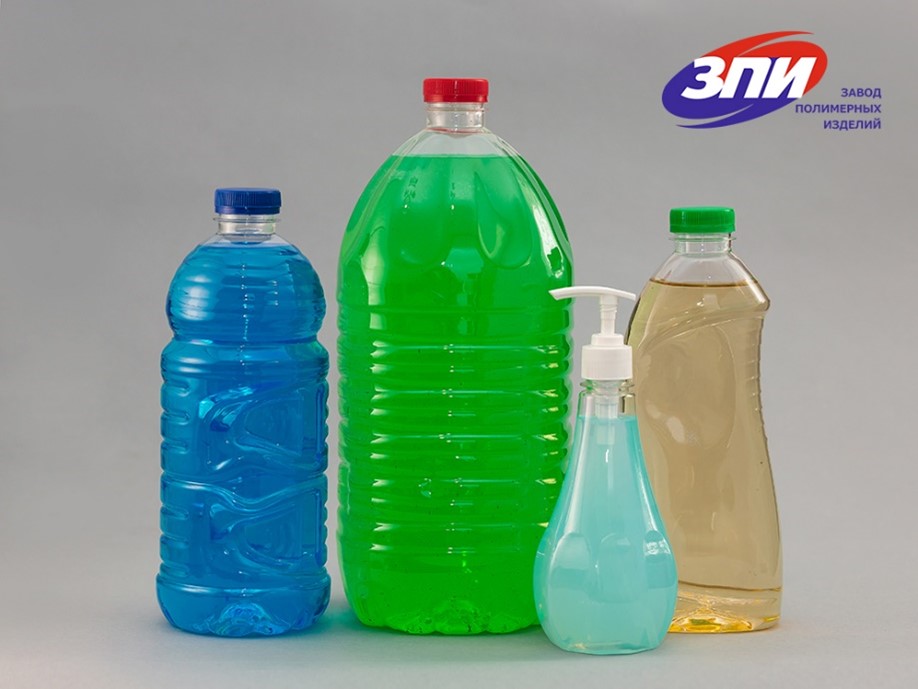Choose the Right Cosmetic Packaging for Your Product: PET or HDPE
Ever wondered about the composition of your plastic bottles? In the realm of plastics, two types that often come into focus are HDPE (High-Density Polyethylene) and PET (Polyethylene Terephthalate). These materials find widespread use in various beauty products, ranging from pump bottles to the cream jars and cosmetic tubes.
HDPE, a form of polyethylene, is a lightweight, durable, and flexible material. It is commonly utilized in the production of plastic bottles, particularly for products like shampoo and laundry detergent. On the other hand, PET is a clear plastic belonging to the polyester family. It is predominantly employed in the manufacturing of beverage bottles due to its remarkable water vapor transmission rate (WVTR).
Both HDPE and PET possess unique properties and applications. Understanding these distinctions can help us make informed choices about the products we use and purchase. Let’s delve deeper into the key disparities between HDPE and PET.
Chemical Composition and Structure
While HDPE and PET are both plastics, they differ in terms of chemical composition and structure. HDPE is derived from ethylene, a compound found in petroleum. Ethylene molecules undergo polymerization, forming long polyethylene chains. This process yields a semi-crystalline plastic material that is resistant to punctures and exhibits a high strength-to-density ratio. Recognizing the type of plastic employed in products is crucial for recycling and waste management initiatives, as it aids in determining recycling feasibility.
PET, on the other hand, is a type of polyester produced from ethylene glycol and terephthalic acid. The polymerization process of PET results in long PET strands, which are subsequently cut into small pellets. These pellets are then heated and molded into desired shapes, such as bottles for beverages. PET is a clear plastic, part of the polyester family, and serves as the most common thermoplastic polymer resin used in fibers for clothing, containers for liquids and foods, thermoforming for manufacturing, and in combination with glass fiber for engineering resins. It is important to note that PET does not contain phthalate, a chemical associated with health concerns.
HDPE in Cosmetic Packaging:
HDPE’s properties make it suitable for a range of cosmetic packaging needs. It is commonly used for:
- Shampoo and conditioner bottles: HDPE bottlescan withstand the storage and dispensing of liquid haircare products.
- Body wash and shower gel containers: HDPE’s flexibility allows for easy squeezing and controlled dispensing of these products.
- Lotion and cream containers: HDPE’s durability and resistance to stress cracks make it ideal for packaging various skincare products.
- Makeup remover bottles: HDPE’s resistance to moisture and chemicals ensures the safe storage of liquid makeup removers.
PET in Cosmetic Packaging:
PET is widely used in the cosmetic industry due to its transparency, lightweight nature, and rigidity. It finds application in:
- Perfume and fragrance bottles: PET’s clarity showcases the product inside, and its rigidity ensures the bottle maintains its shape.
- Nail polish bottles: PET containers can withstand the chemicals present in nail polish formulations without degrading.
- Travel-sized product containers: PET’s lightweight nature makes it ideal for small-sized bottles used for travel-size cosmetics.
- Lipstick tubes and lip balm containers: PET’s clarity allows customers to see the product color, and its rigidity ensures easy application and protection of the product within.
Conclusion:
In both HDPE and PET applications, cosmetic packaging manufacturers can incorporate various design features such as different sizes, shapes, closures, and labeling options to meet the diverse needs of the beauty industry. Additionally, the recyclability of both HDPE and PET allows for the sustainable disposal and potential reuse of cosmetic packaging, contributing to environmental efforts.
It’s worth mentioning that as sustainability becomes increasingly important in the cosmetic industry, efforts are being made to reduce the overall plastic consumption and explore alternative eco-friendly packaging materials. These include biodegradable or compostable materials made from renewable sources, such as certain types of bio-plastics or packaging made from plant-based materials.
Contact Polymer Plastic Factory today to find out how we can help you.





